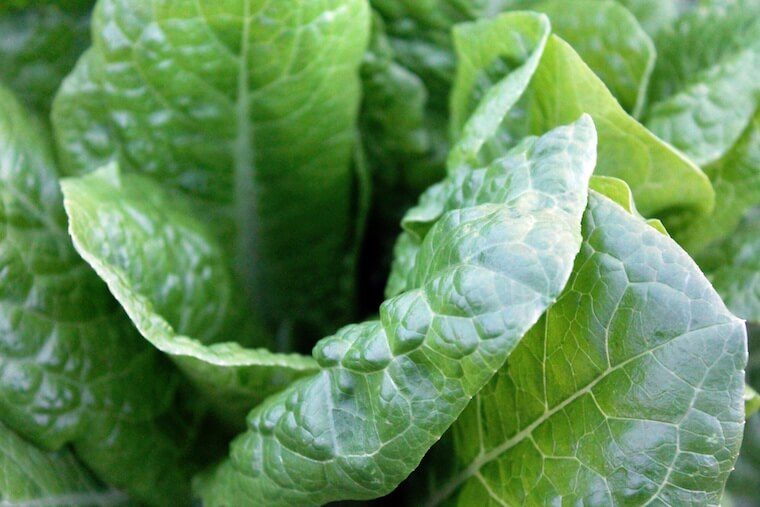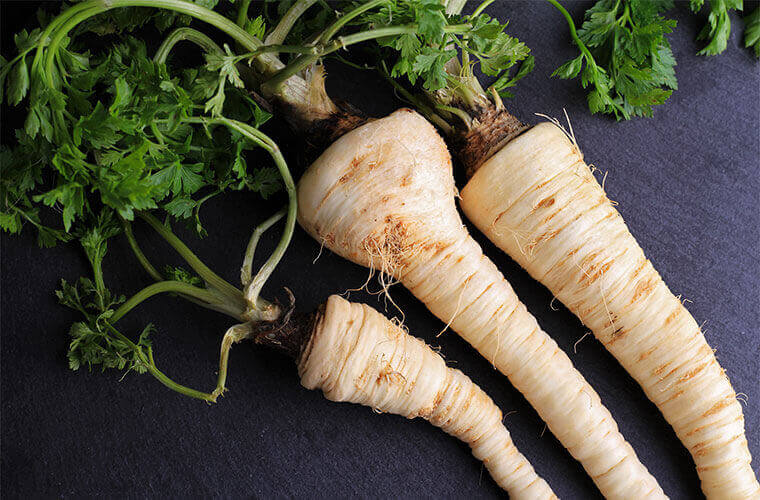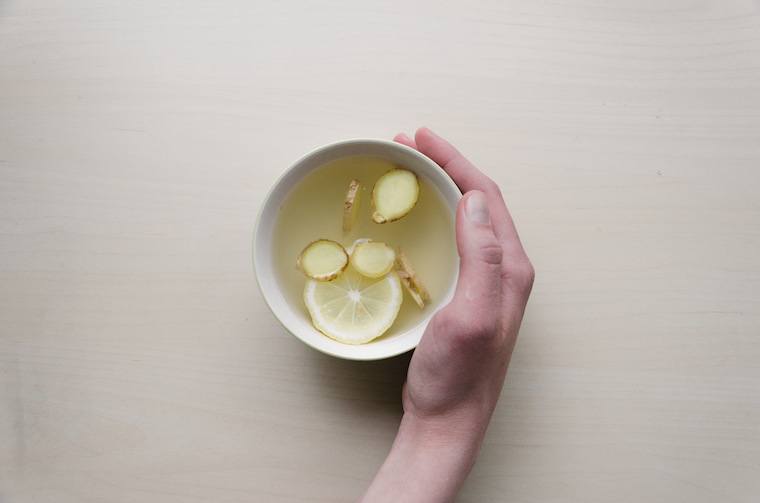Epsom salt is a popular remedy for many ailments.
People use it to ease health problems such as muscle soreness and stress. It’s also affordable, easy to use and harmless when used appropriately.
Epsom salt is also known as magnesium sulfate. It’s a chemical compound made up of magnesium, sulfur and oxygen.
It gets its name from the town of Epsom in Surrey, England, where it was originally discovered. Despite its name, Epsom salt is actually a completely different compound than table salt; it was most likely termed “salt” because of its chemical structure. It has an appearance similar to table salt and is often dissolved in baths, which is why you may also know it as “bath salt.”
While it looks similar to table salt, they taste distinctly different. Epsom salt is quite bitter and unpalatable. Still, some people consume it by dissolving the salt in water and drinking it. Since its flavor isn't good, you probably wouldn’t want to add it to food.
There are many different ways of manufacturing and packaging Epsom salt, but the contents are all exactly the same, chemically speaking. For hundreds of years, this salt has been used to treat ailments such as
constipation, insomnia and fibromyalgia. Unfortunately, its effects on these ailments are not well researched. Most of the reported benefits of Epsom salt are attributed to its magnesium, which is a mineral that a lot of people do not get enough of.
You can find Epsom salt at most drug stores and grocery stores. It is typically located in the pharmacy or cosmetic area.
Bottom Line: Epsom salt, otherwise known as bath salt or magnesium sulfate, is a mineral compound believed to have many health benefits.
How Does It Work?
When Epsom salt is introduced to water, it dissolves and releases magnesium and sulfate ions. The idea is that these particles can be absorbed through the skin, providing the body with magnesium and sulfates, minerals with important functions in the body.
The most common use for Epsom salt is in baths, where it is simply dissolved in bath water. However, it can also be applied to the skin as a cosmetic product or taken by mouth as a laxative.
Reported Health Benefits and Uses of Epsom Salt
Many people, including some healthcare professionals, claim Epsom salt is therapeutic and use it as an alternative treatment for several conditions.
Better Magnesium Absorption
Magnesium is the second most abundant mineral in the body, the first being calcium.It is involved in more than 325 biochemical reactions that benefit the heart and nervous system.
Many people don't consume enough magnesium, and factors such as dietary phytates and oxalates can interfere with how much your body absorbs (
1). Some people claim that magnesium may be better absorbed via Epsom salt baths than when taken by mouth.
This claim is based on a study that was conducted on 19 subjects, in which all but three showed higher blood magnesium levels after soaking in an Epsom salt bath (
2). Average blood magnesium levels went up about 10 ppm after the first salt bath. When subjects took baths for the next seven days, average magnesium levels increased from 105 ppm to 141 ppm.
While this study is promising, it is important to take it with a grain of salt since it is the only one of its kind and has several limitations. More research is necessary to determine the effectiveness of using Epsom salt to increase magnesium levels.
Promotes Sleep and Stress Reduction
Adequate magnesium levels are essential for sleep and stress management likely because magnesium helps the brain produce neurotransmitters that induce sleep and reduce stress (
3). Magnesium may also help the body produce melatonin, a hormone that promotes sleep (
4). Low magnesium levels may negatively affect sleep quality and stress. Many report that taking Epsom salt baths can reverse these issues. The calming effects of Epsom salt baths could simply be due to the relaxation caused by taking hot baths.
Helps With Digestion
Magnesium is often used to treat digestive issues, such as constipation.
It appears to be helpful because it draws water into the colon, which promotes bowel movements (
5,
6). Most often, magnesium is taken by mouth for constipation relief in the form of magnesium citrate or magnesium hydroxide. The FDA lists it as an approved laxative. It can be taken by mouth with water, according to the directions on the package. Adults are usually advised to take 2–6 teaspoons of Epsom salt at a time, dissolved in at least 8 ounces of water and consumed immediately. You can expect it to have a laxative effect in 30 minutes to six hours. Know that consuming Epsom salt may produce unpleasant side effects, such as bloating and liquid stool (
6). It should only be used occasionally as a laxative and not as a long-term solution.
Exercise Performance and Recovery
Some claim that taking Epsom salt baths can reduce muscle soreness and relieve cramps — both important factors for exercise performance and recovery. Like the digestive effects of Epsom salts, this effect is also attributed to magnesium. It is well known that adequate magnesium levels are helpful for exercise because magnesium helps the body use glucose and lactic acid (
7). Magnesium deficiency is more common in athletes, so health professionals often recommended they take magnesium supplements to ensure optimal levels.
While magnesium is clearly important for exercise, the use of Epsom salt to enhance fitness is not well researched. At this point, the benefits are anecdotal.
Reduced Pain and Swelling
Another common claim is that Epsom salt helps reduce pain and swelling. Many people report that taking Epsom salt baths improves symptoms of
fibromyalgia and arthritis.
One study on 15 women with fibromyalgia concluded that applying magnesium chloride to the skin may be beneficial for reducing symptoms (
8). The participants applied magnesium to their lower limbs every day for four weeks. After using the solution, women reported less pain and tenderness, as well as increased quality of life.
While this finding is promising for forms of magnesium that can be applied to the skin, such as Epsom salt, it must be interpreted cautiously since there isn’t any more research available on the topic.
How to Use Epsom Salt
Here are a few of the most common ways to use Epsom salt.
Bath
The most common use is taking what’s called an Epsom salt bath. Simply add 2 cups (about 475 ml) of Epsom salt to the water in a standard size bathtub and soak your body for at least 15 minutes.
You can also put the Epsom salt under running water if you want it to dissolve more quickly.
Beauty
Epsom salt may be used as a beauty product for skin and hair. To use it as an exfoliant, just place some in your hand, dampen it and massage it into your skin. Some people claim it’s a useful addition to facial wash, since it may help cleanse pores. Just a 1/2 teaspoon will do the trick. Simply combine it with your own cleansing cream and massage onto the skin.
It can also be added to conditioner and may help add volume to hair. For this effect, combine equal parts conditioner and Epsom salt. Work the mixture through your hair and leave for 20 minutes, then rinse.
As a Laxative
Epsom salt can be taken by mouth as a magnesium supplement or as a laxative. Most brands recommend taking 2–6 teaspoons (10–30 ml) per day, dissolved in water, as a maximum for adults. Approximately 1–2 teaspoons (5–10 ml) is generally enough for children.
Consult with your doctor if you need a more individualized dosage, or if you want to increase the dose to more than what is listed on the package.
Unless you have the consent of a doctor, never ingest more than the upper limit of intake stated on the package. Taking more than you need could lead to magnesium sulfate poisoning.
If you want to begin taking Epsom salt by mouth, start slowly. Try consuming 1–2 teaspoons (5–10 ml) at a time and gradually increase the dose as needed.
Remember that everyone’s magnesium needs are different. You may need more or less than the recommended dose, depending on how your body reacts and what exactly you are using it for.
Additionally, when consuming Epsom salt, make sure to use pure Epsom salt that does not have any added scents or coloring.
~Thanks to Brianna Elliott













